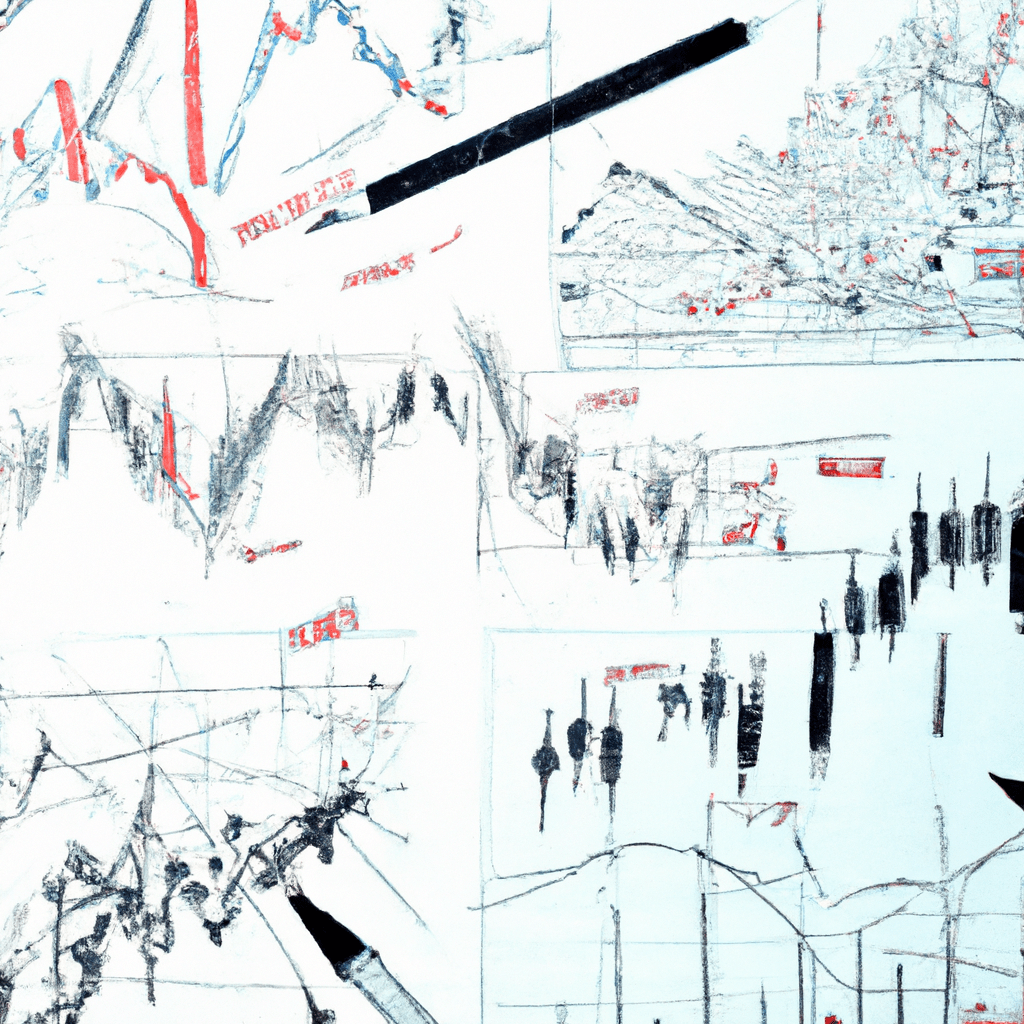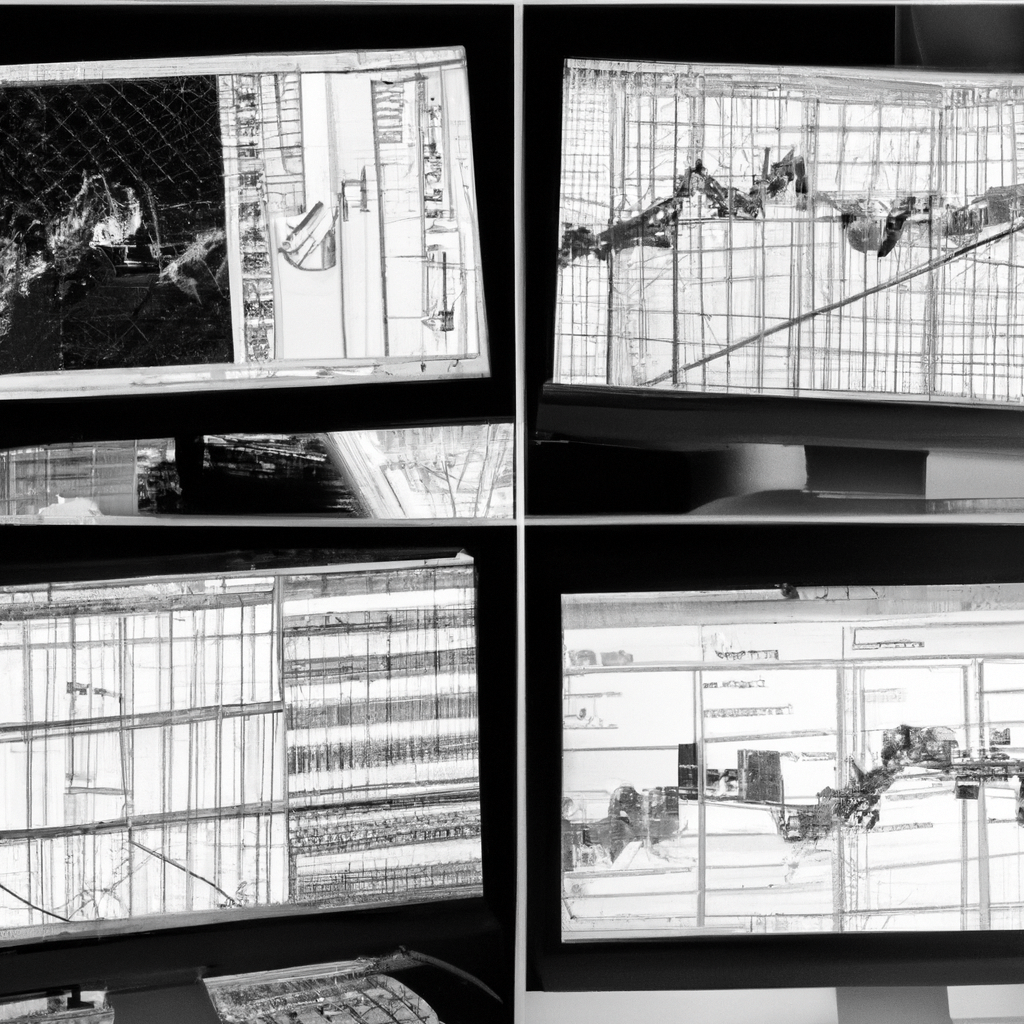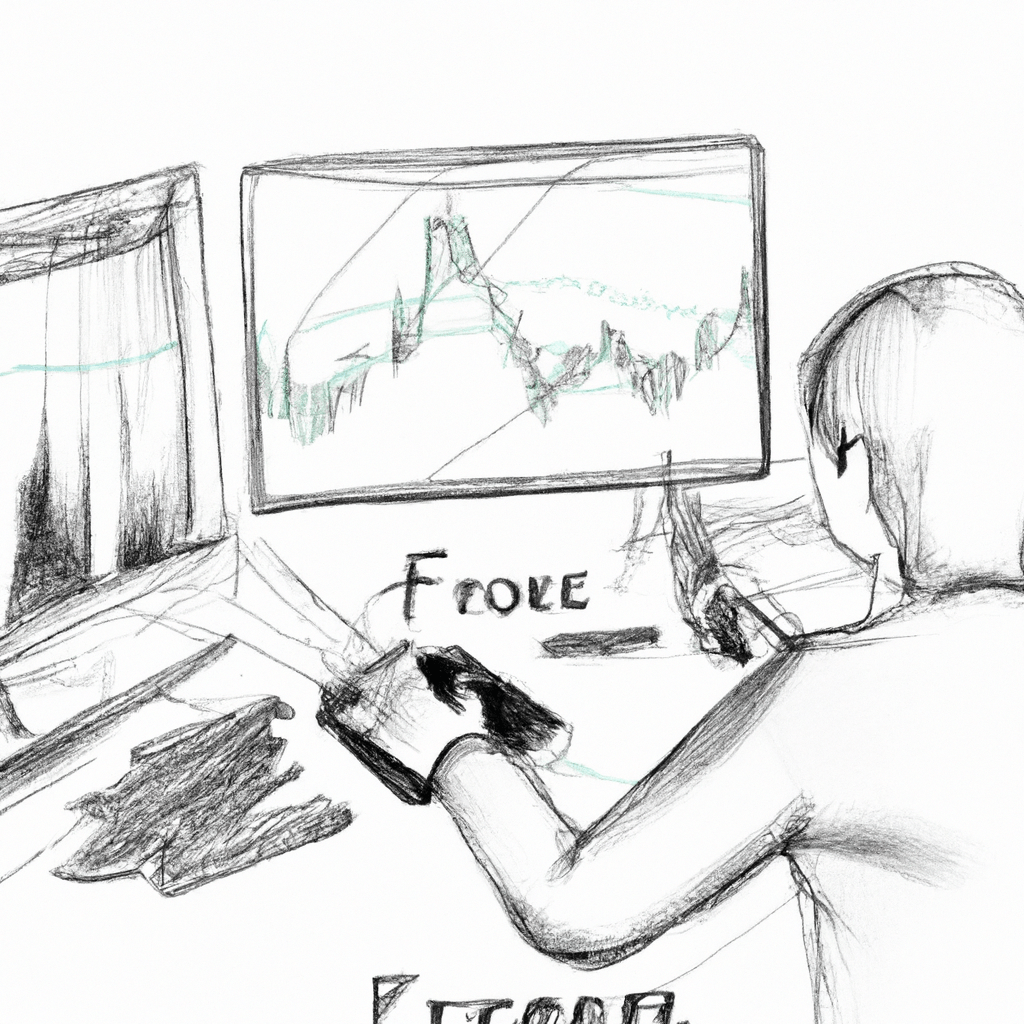This section explains the different types of forex signals, including technical analysis, fundamental analysis, and sentiment analysis signals. It highlights the need for thorough research and evaluation of signal providers and advises using multiple signal types for informed trading decisions. It cautions against blindly following signals and emphasizes the importance of personal research and analysis.
Forex trading can be a daunting task, especially for beginners who are just starting out in the market. With so many variables to consider and decisions to make, it is crucial to have the right tools and resources at your disposal. One such tool that can greatly assist traders in their decision-making process is forex signals. These signals provide valuable insights and recommendations on when to buy or sell currencies, helping traders make informed trading decisions. However, not all forex signals are created equal. In this comprehensive guide, we will explore the different types of forex signals, the various categories they fall into, and the diverse strategies behind each type. By the end of this article, you will have a better understanding of which forex signal type is right for you and how to use them effectively in your trading journey.
1. Understanding Different Types of Forex Signals: A Comprehensive Guide

Forex signals play a crucial role in the world of foreign exchange trading. They provide traders with valuable information about potential trading opportunities, helping them make more informed decisions. However, not all forex signals are the same. Understanding the different types of forex signals is essential for traders to effectively utilize them and maximize their profits.
1. Technical Analysis Signals:
Technical analysis signals are generated by analyzing historical price data and identifying patterns, trends, and indicators. These signals are based on mathematical calculations and statistical models that help traders predict future price movements. Common technical analysis signals include moving averages, oscillators, support and resistance levels, and chart patterns. Traders who rely on technical analysis signals often use various charting tools and indicators to identify potential entry and exit points.
2. Fundamental Analysis Signals:
Unlike technical analysis signals, fundamental analysis signals are based on economic and political factors that may affect currency prices. Traders who utilize fundamental analysis signals closely monitor news releases, economic indicators, and geopolitical events to predict currency movements. These signals can provide insights into interest rate changes, economic growth, inflation rates, and government policies. By understanding the impact of fundamental factors, traders can make informed decisions about when to buy or sell currencies.
3. Automated Signals:
Automated forex signals are generated by computer algorithms and trading systems. These signals use predefined rules and parameters to identify potential trading opportunities. Traders can set up their trading platforms to automatically execute trades based on these signals, eliminating the need for manual analysis and decision-making. Automated signals can be based on technical indicators, price action patterns, or a combination of both. While they can be convenient, traders should carefully evaluate and test the effectiveness of these signals before using them.
4. Manual Signals:
Manual forex signals are generated by professional traders or analysts who closely monitor the market and identify potential trading opportunities. These signals are often based on a combination of technical and fundamental analysis. Manual signals can be provided through various channels, such as SMS, email, or dedicated signal platforms. Traders who prefer a more personalized approach and value human expertise often rely on manual signals to guide their trading decisions.
5. Paid Signals:
Paid forex signals are provided by signal service providers or individual traders in exchange for a fee. These signals are often generated by experienced professionals who claim to have a high success rate. Paid signals can offer additional features such as real-time market analysis, risk management strategies, and personalized support. Traders should exercise caution when choosing paid signal providers and conduct thorough research to ensure their reliability and track record.
In conclusion, understanding the different types of forex signals is crucial for traders to navigate the complex world of foreign exchange trading successfully. Whether traders rely on technical analysis, fundamental analysis, automated or manual signals, it is essential to evaluate their effectiveness and suitability for individual trading strategies. By utilizing the right types of forex signals, traders can enhance their decision-making process and potentially increase their profitability in the forex market.
2. Exploring the Various Categories of Forex Signals: Which One is Right for You?

When it comes to forex trading, utilizing forex signals can be a valuable tool to enhance your decision-making process. Forex signals are essentially trading recommendations or indicators that provide insight into potential trading opportunities in the foreign exchange market. These signals are generated by experienced traders or specialized software and are communicated to traders in real-time.
There are several categories of forex signals available in the market, each catering to different trading styles and preferences. Understanding the different types of forex signals and their characteristics is crucial in selecting the one that aligns with your trading goals and risk tolerance.
1. Technical Analysis Signals:
Technical analysis signals are based on analyzing historical price data and identifying patterns, trends, and key levels of support and resistance. These signals typically include entry and exit points, stop-loss and take-profit levels, and may also provide additional indicators such as moving averages or oscillators. Traders who prefer a systematic approach and rely on technical indicators to make trading decisions often find these signals beneficial.
2. Fundamental Analysis Signals:
Fundamental analysis signals focus on macroeconomic factors and news events that impact currency prices. These signals take into account economic indicators, central bank decisions, political developments, and other news releases that can influence market sentiment. Traders who have a deep understanding of fundamental analysis and keep track of economic events often rely on these signals to make informed trading decisions.
3. Sentiment Analysis Signals:
Sentiment analysis signals gauge the overall market sentiment or the collective feeling of market participants towards a particular currency pair. These signals consider factors such as market positioning, investor sentiment, and sentiment indicators. Traders who believe that market sentiment can drive price movements often find these signals useful in predicting potential market reversals or trend continuations.
4. Copy Trading Signals:
Copy trading signals involve automatically replicating the trades of successful traders. With this type of signal, traders can choose to follow and copy the trades of experienced and profitable traders. Copy trading signals are ideal for traders who may not have the time, knowledge, or confidence to make their own trading decisions.
5. Automated Trading Signals:
Automated trading signals are generated by specialized software known as expert advisors (EAs) or forex robots. These signals rely on predefined algorithms and trading strategies to identify trading opportunities. Traders who prefer a hands-off approach and rely on algorithmic trading often find automated trading signals useful.
It is important to note that no single type of forex signal is superior to others, as each has its own advantages and limitations. The choice of the right signal depends on your trading style, preferences, and risk appetite. Some traders may even combine multiple types of signals to get a comprehensive view of the market.
Before subscribing to any forex signal service, it is essential to thoroughly research and evaluate the track record and credibility of the signal provider. Additionally, it is recommended to start with a demo account to test the effectiveness of the signals and understand their impact on your trading strategy before committing real capital.
Ultimately, selecting the right forex signal category is a personal decision that should be based on your trading goals, risk tolerance, and level of expertise. By understanding the different categories of forex signals and their suitability, you can make an informed choice and maximize your chances of success in the forex market.
3. Unveiling the Diverse Strategies Behind Forex Signal Types: Making Informed Trading Decisions

In the world of forex trading, there are various types of forex signals that traders can utilize to make informed trading decisions. These signals serve as indicators or alerts, providing insights into potential market movements and opportunities. However, it is essential to understand that different types of forex signals are based on diverse strategies, each catering to specific trading styles and goals.
One common type of forex signal is the technical analysis signal. This signal type relies on analyzing historical price data, patterns, and indicators to determine potential future price movements. Technical analysis signals often focus on factors such as support and resistance levels, moving averages, and trend lines. Traders who prefer a more systematic and objective approach to trading often rely heavily on technical analysis signals.
On the other hand, fundamental analysis signals take into account economic and geopolitical factors that can impact currency values. These signals are based on the analysis of economic data, such as GDP, interest rates, inflation, and political events. Traders who use fundamental analysis signals believe that economic factors drive currency value and aim to capitalize on the impact of these factors on the forex market.
Another type of forex signal is the sentiment analysis signal. Sentiment analysis signals are based on understanding market participants' emotions and perceptions towards a particular currency pair. These signals can be derived from various sources, including social media, news sentiment indicators, and surveys. Traders using sentiment analysis signals believe that market sentiment can influence price movements and use this information to make trading decisions.
While each of these forex signal types has its own merits, successful traders often employ a combination of strategies to gain a comprehensive view of the market. By considering multiple signal types and analyzing them in conjunction with other market factors, traders can increase the likelihood of making informed and profitable trading decisions.
It is important to note that forex signals should not be blindly followed without conducting personal research and analysis. Traders should thoroughly understand the strategy behind each signal type and consider its compatibility with their own trading style and risk tolerance. Additionally, traders should be cautious of relying solely on forex signals and should always exercise their judgment and take responsibility for their trading decisions.
In conclusion, the world of forex signals offers a diverse range of strategies to assist traders in making informed trading decisions. By understanding the various types of forex signals available and the strategies behind them, traders can enhance their trading skills and increase their chances of success in the dynamic forex market.
In conclusion, understanding the different types of forex signals is crucial for anyone looking to enter the world of forex trading. This comprehensive guide has explored the various categories of forex signals and discussed the diverse strategies behind each type. By making informed trading decisions based on the right forex signal type, traders can increase their chances of success in the market. Whether it's technical indicators, fundamental analysis, or price action signals, finding the forex signal that aligns with your trading style and goals is key. With this knowledge, traders can navigate the forex market with confidence and potentially achieve their desired financial outcomes.





